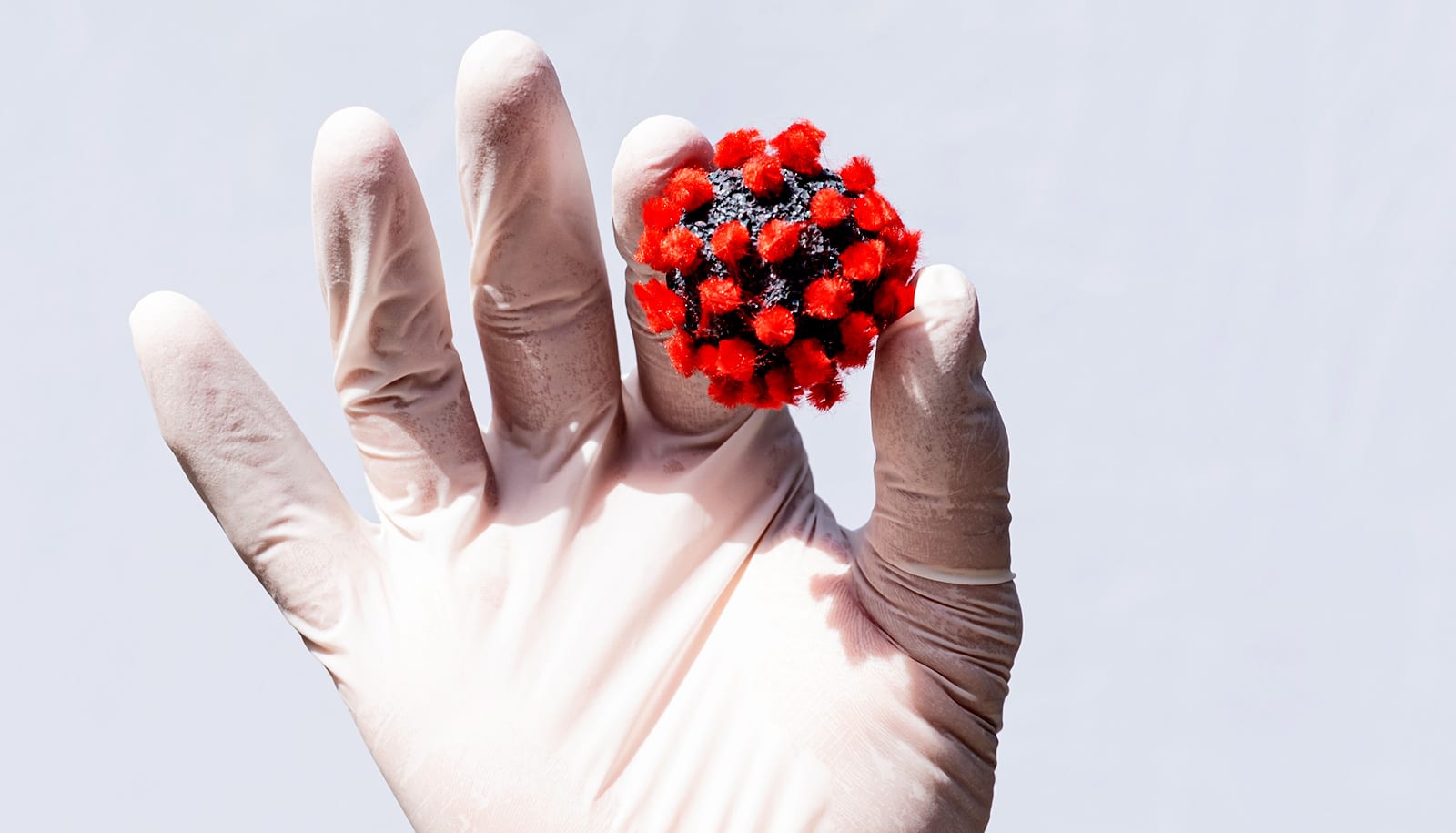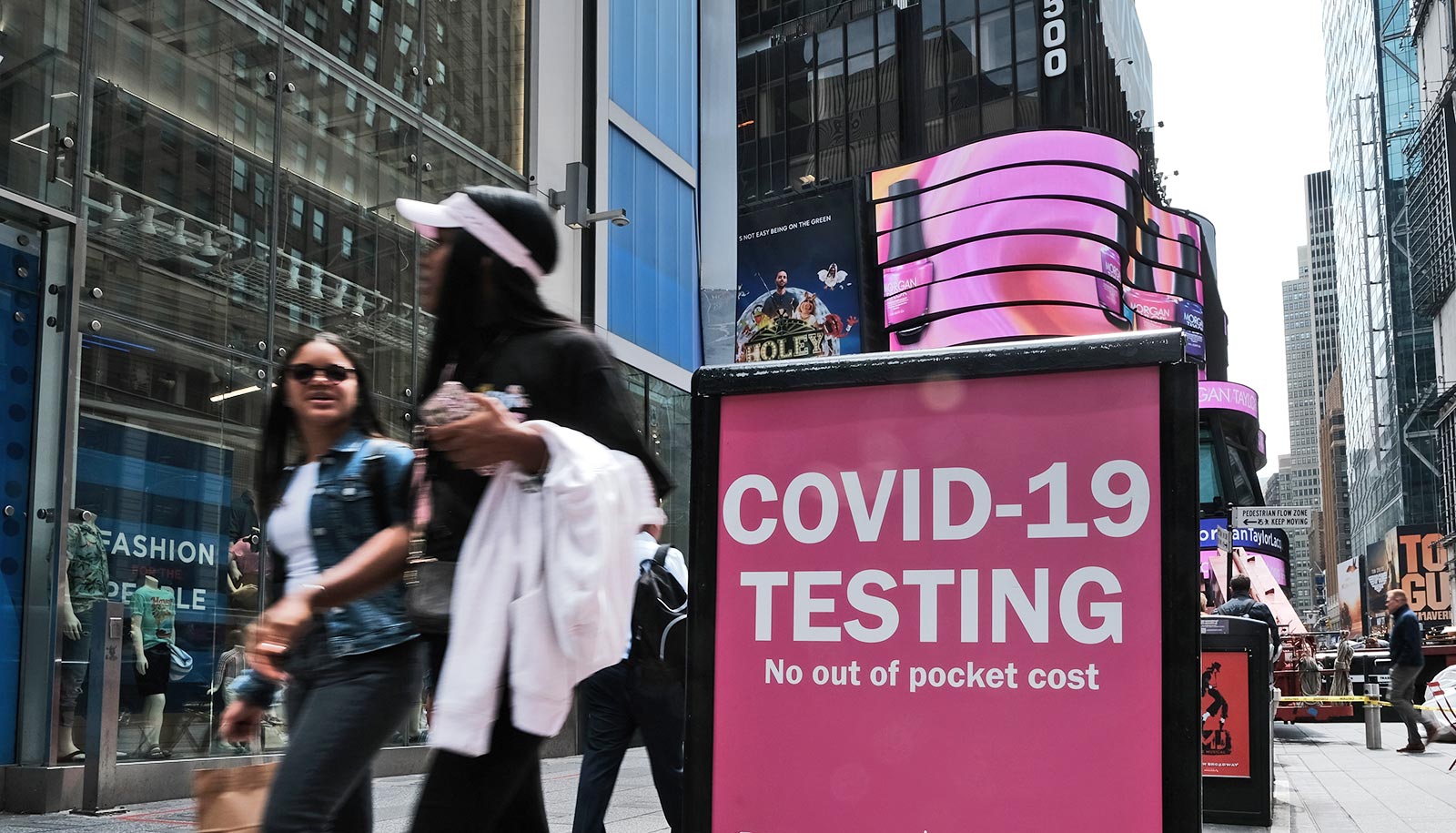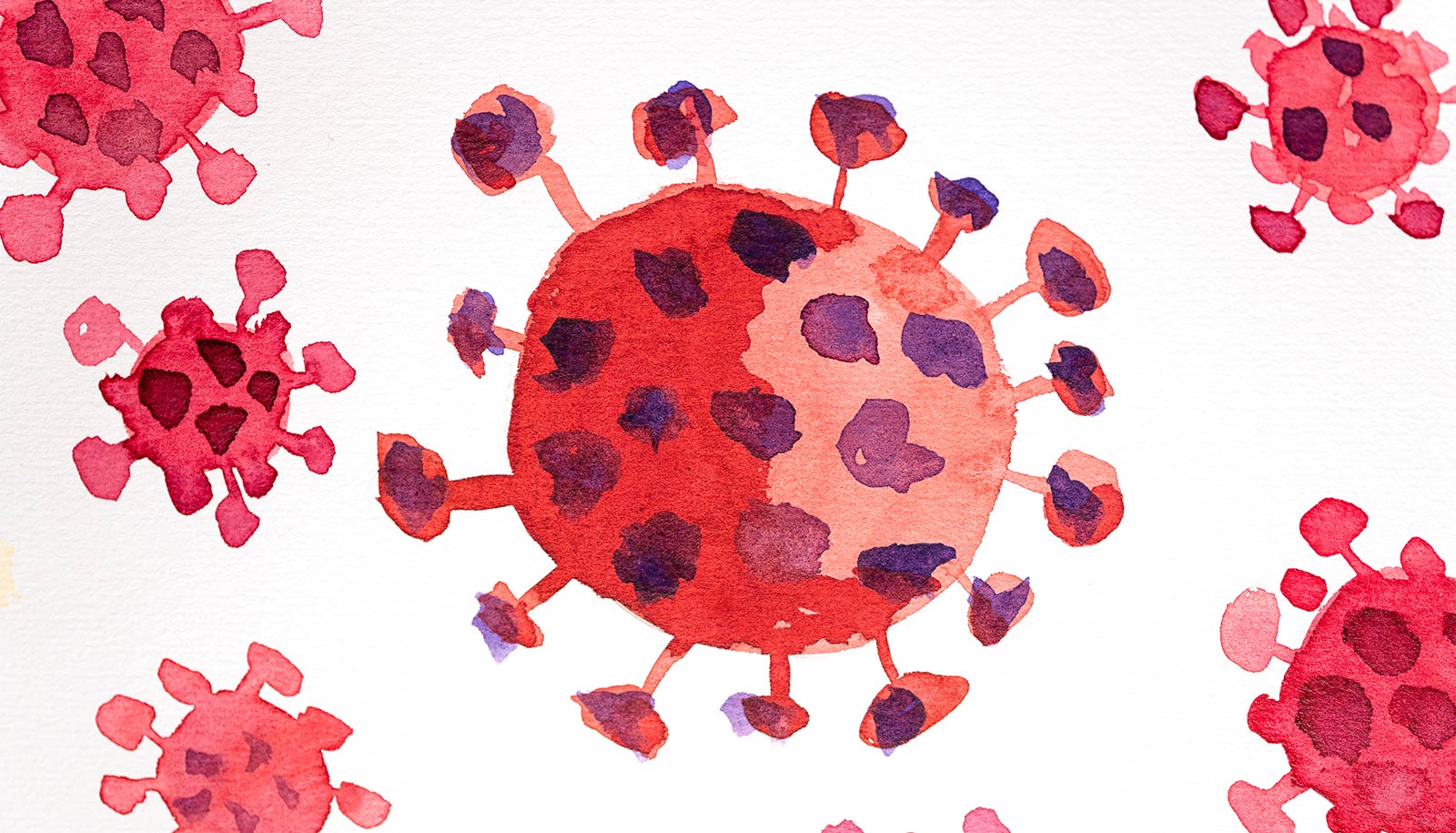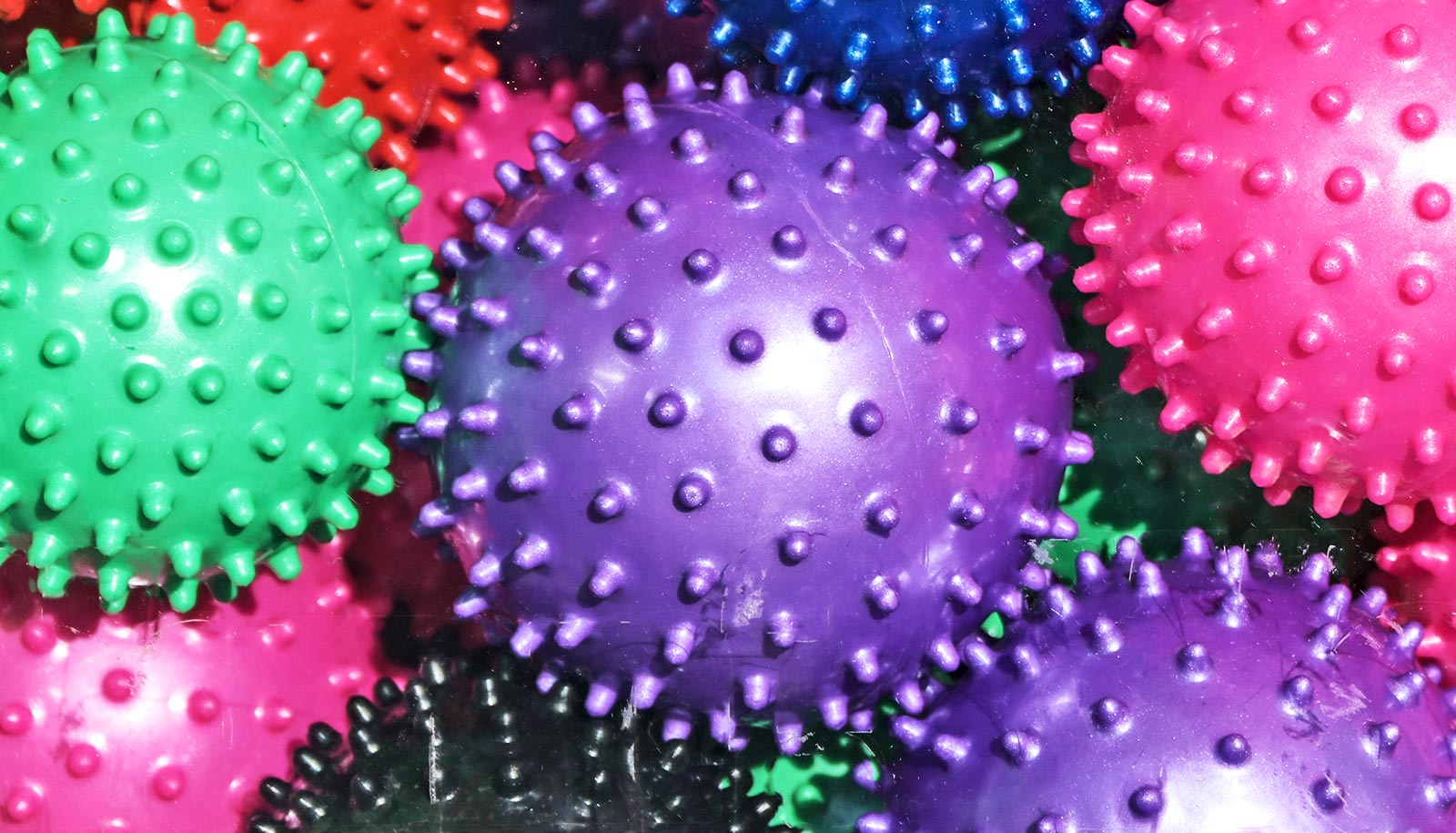Researchers have identified the brain protein that may be the glue that helps COVID’s spike protein stick.
When SARS-CoV-2 enters the human body, the virus’ spike protein binds to a cell, allowing the virus to infiltrate and begin replicating.
The new study, published in the journal Protein Science, found that a small piece of a proteoglycan called perlecan LG3—a protein most commonly found in blood vessels and the brain—readily formed a stable bond with the COVID spike protein and perhaps enhanced the virus’ ability to bind with cells.
Recent studies have identified proteoglycans as potential key factors in COVID infections. By identifying key interactions between perlecan LG3 and SARS-CoV-2, this study may open the door for new forms of treatment, says co-corresponding author Gregory Bix, director of Tulane University School of Medicine’s Clinical Neuroscience Research Center.
“The takeaway is this major extracellular matrix proteoglycan found in blood vessels throughout the body most likely plays a significant role in how the virus sticks to and infects cells,” says Bix, who has studied perlecan for 25 years as a treatment for cerebrovascular diseases such as stroke and dementia. “Perhaps this explains COVID’s impact on the vascular system and the brain, but LG3 seems to act as a sort of bridge for the virus.”
Using molecular modeling simulations, the study found that LG3 displayed a “high affinity stable interaction” with the COVID spike protein’s receptor-binding domain, the area that attaches to host cells. This attraction was confirmed using surface plasmon resonance instruments, which use electrons to measure interactions and affinity between molecules.
One prominent type of hydrogen bond found between the COVID spike protein and a host cell only appeared in the study when LG3 was present, suggesting that LG3 may enhance COVID’s ability to bind to a cell.
Further studies are needed to determine if these binding interactions can be affected by mutations in various strains of COVID. Bix also hopes these findings can lead to new forms of COVID treatment or prevention.
“Can decoy pieces of perlecan prevent the virus from binding to cells? Can antibodies block this interaction between LG3 and the spike protein? There’s still so many theories and so much we don’t know,” Bix says. “Continuing to understand how the virus infects cells is critical, especially when you have an ever-evolving virus.”
Source: Tulane University



